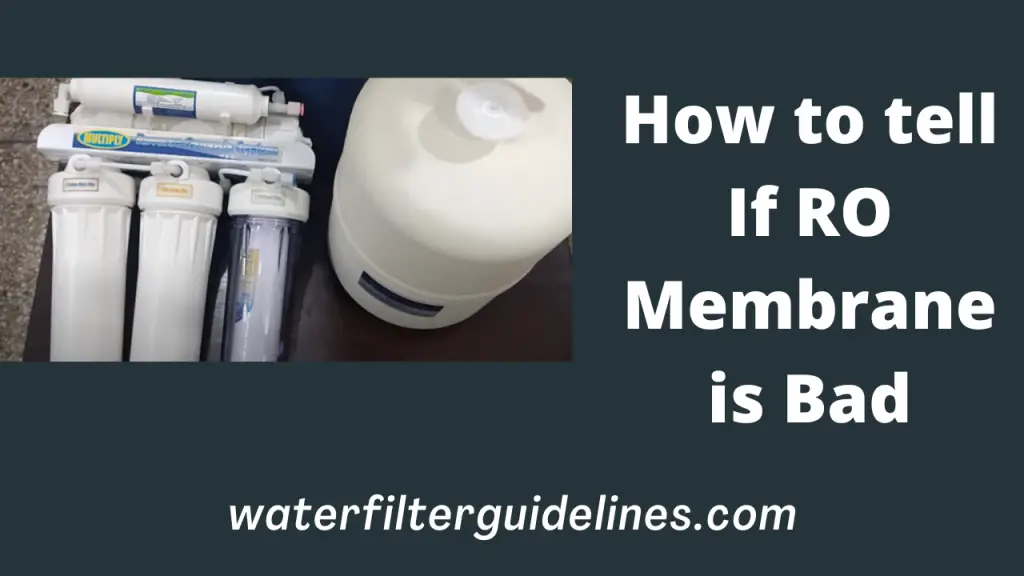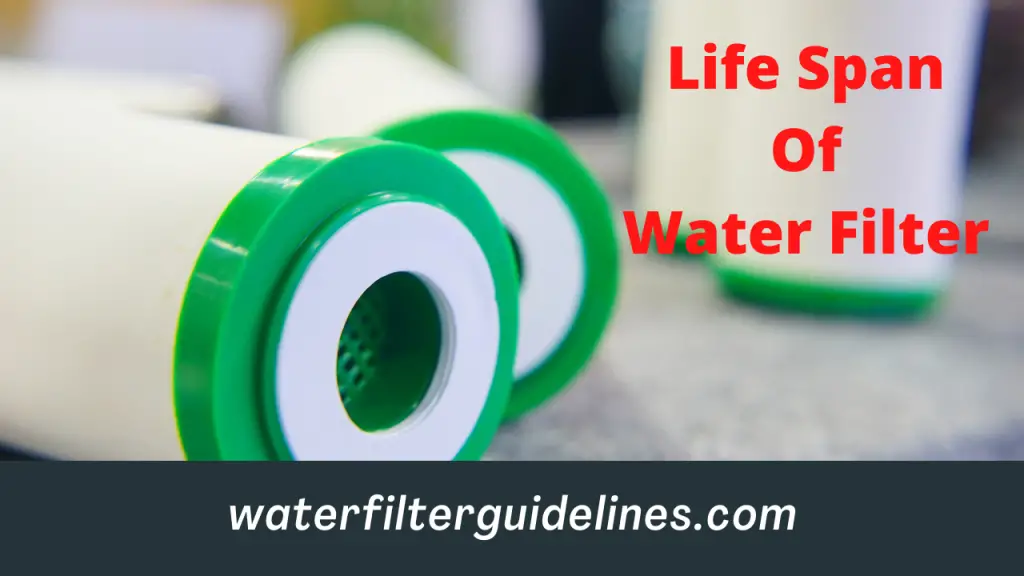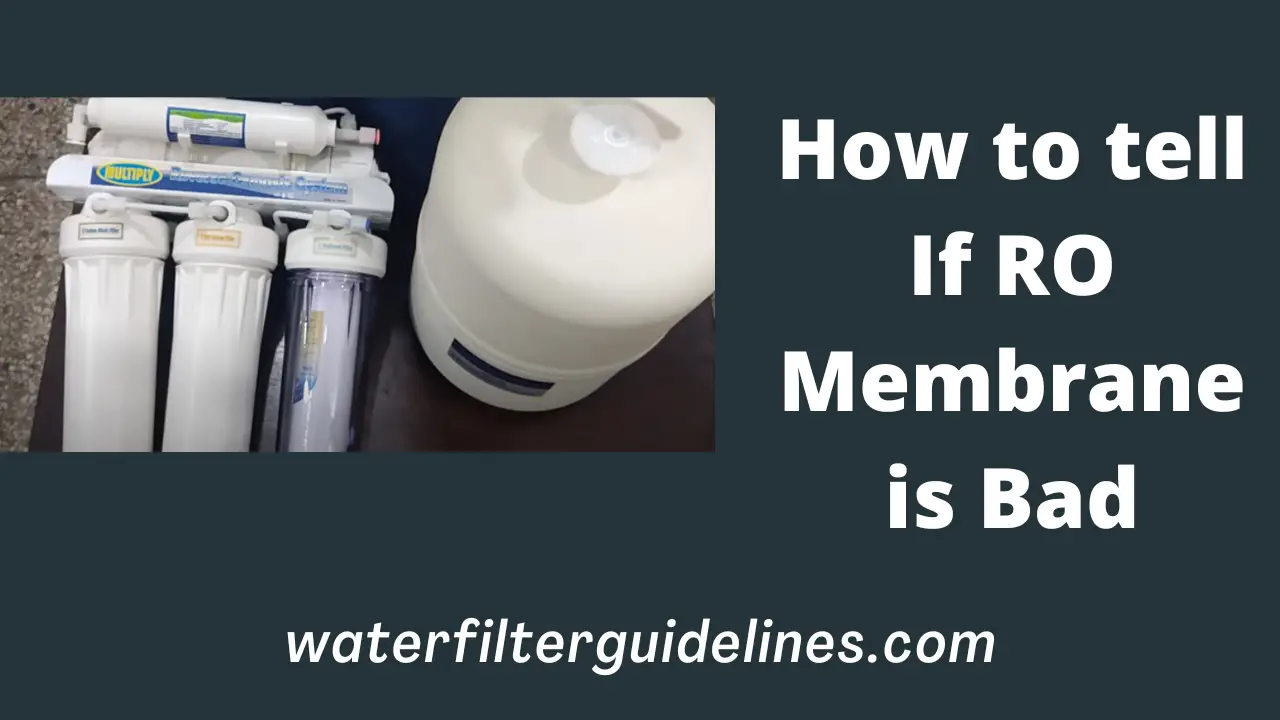How To Tell If RO Membrane Is Bad
You can’t imagine life without water because water is required for maintaining a normal life. Our reliance on drinking water not only decides our health condition but lifestyle also. The basic criteria to determine the normal working of the human body is to make healthy food, minerals, water and a healthy lifestyle. The safety of our drinking water is a concern humans facing for the last 150 years and humans developed many technologies for water filtration. The frequently used technology to improve the quality of drinking water is reverse osmosis system, UV filtration and bottled waters. The user is always concerned about these methods and inquires how to tell if ro membrane is bad.
A decent way to measure the overall quality of your drinking water filtered by a Reverse Osmosis System is to test with TDS. The effectiveness of a RO system is that it minimizes Total Dissolved Solids from the drinking water by 99%. You can easily get a TDS Meter and test for the presence of any solids particles dissolved in your drinking water. The difference in taste can also reveal some sort of presence of water impurities. A normal homeowner needed to know the functionality of their water filter systems

Reverse Osmosis is a natural process of the movement of molecules across the plasma membrane. The RO membrane allows selective material to pass through the cell barrier. The same mechanism of Reveres Osmosis is used in RO Water Systems for the purification of water. The tap water or well water is passed through the Best Reverse Osmosis System and the RO membrane allows only those particles of the size of 0.0001 microns. The impurities like fluorides, chlorine particles, Volatile organic compounds, heavy metals, dust particles, rust particles, and bacteria specifically ecoli, coliform and other pathogens can not pass through the plasma membrane.
The exciting thing about the Reverse Osmosis Membrane is that its life is more than the other available filters. The usual plasma membrane lasts about 6-12 months depending upon the usage or capacity of the water filter. Are you concerned about the status of your Reverse Osmosis Membrane or wanted to know the condition of the RO membrane? The good practice is to keep notice of the parts of your water filter so that you can receive good quality drinking water for your daily needs.
How to Test Reverse Osmosis Membrane
The challenging thing for a layman is to check for the working components of their Reveres Osmosis System and they can easily predict by following our tips. Your first task is to detect the functionality of the RO System by observing the water flow rate if your RO membrane needed to be replaced? The deferred RO membrane will gets water flow slower and you need extra time for getting water. The other important thing to consider in the working of a plasma membrane is to check for changes in taste or smell. If you feel an unwanted smell or a bad taste in your drinking water then your plasma membrane isn’t working properly
Life Span of RO Membrane
The life span of RO membrane is way more than the other technologies and they can work as a guardian angel for your family by providing top-notch quality drinking water. The data shows that Reverse Osmosis Membrane lasts for two to five years depending upon how bad is your drinking water. The different sorts of Ro Systems are available including under sink, counter top and whole house RO Systems.

Summary
The safety of health of your family matters a lot and drinking dirty water causes many serious health problems. The water filter system and RO membrane not only remove 99% of impurities from drinking water thus ensuring the well-being of your family. The benefit of using a Reverse Osmosis System is that its long-lasting and ensures non-stop quality drinking water. The change in taste of water or any unusual smell may be the indication of changing the water filter.
